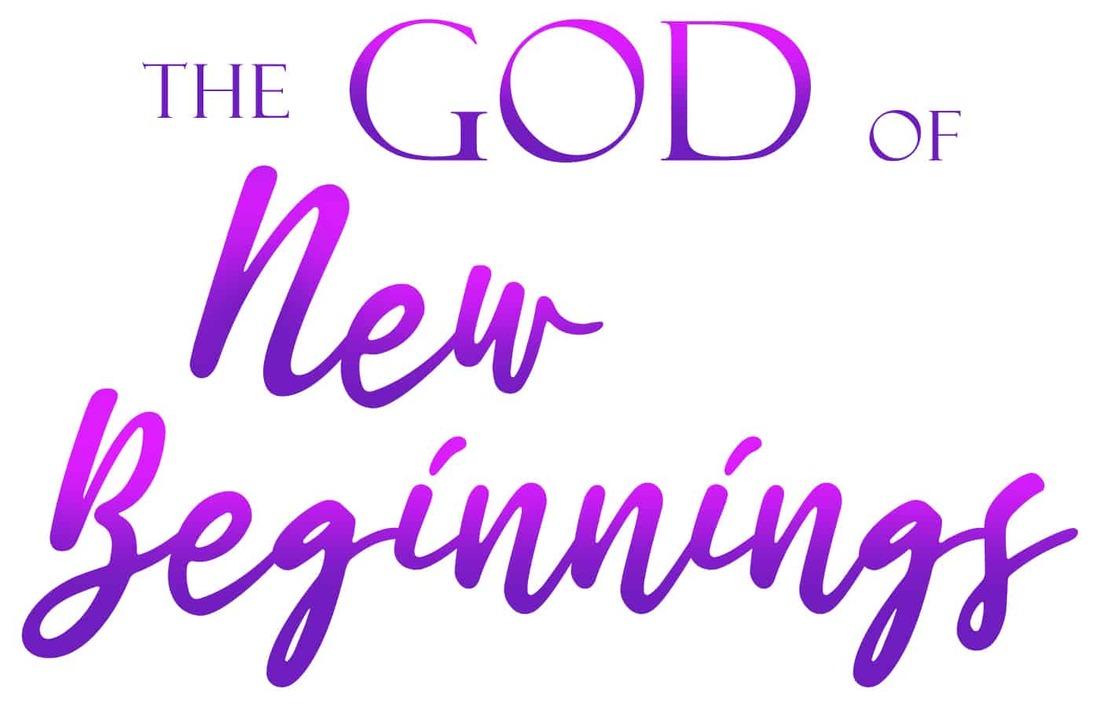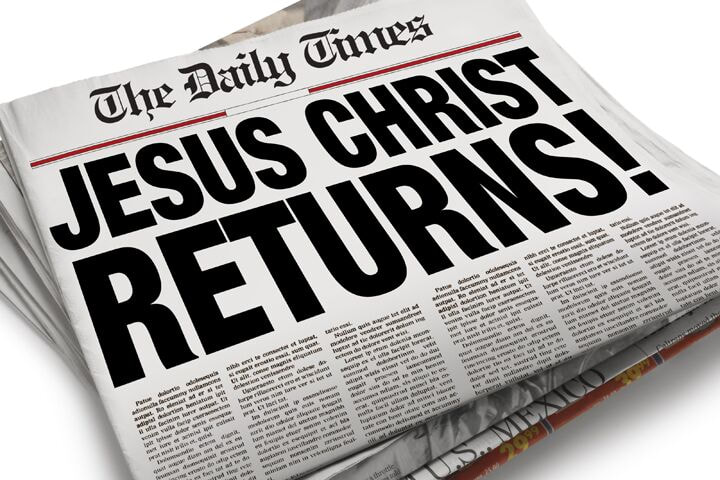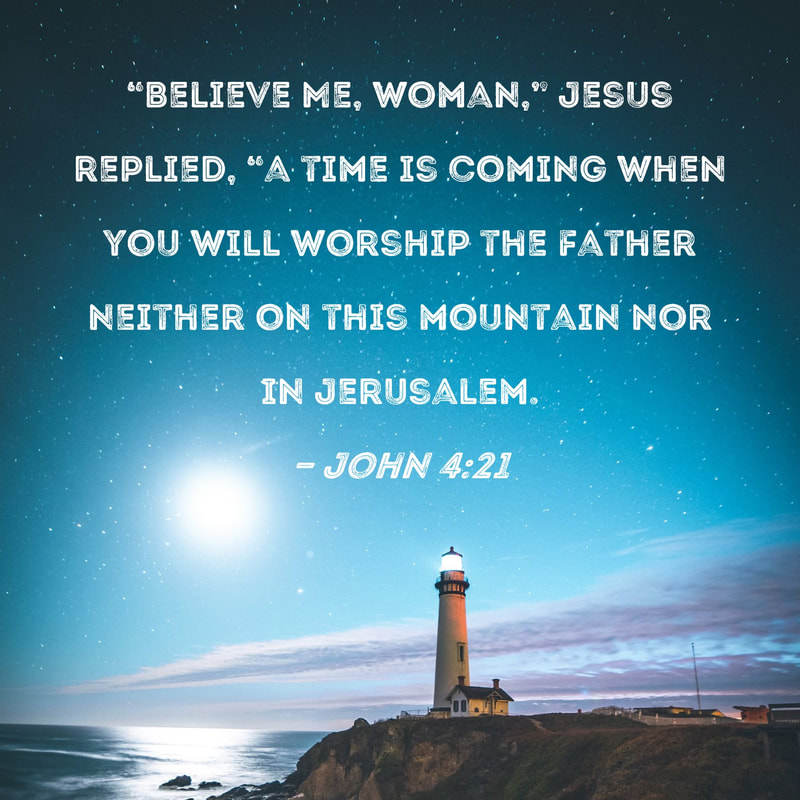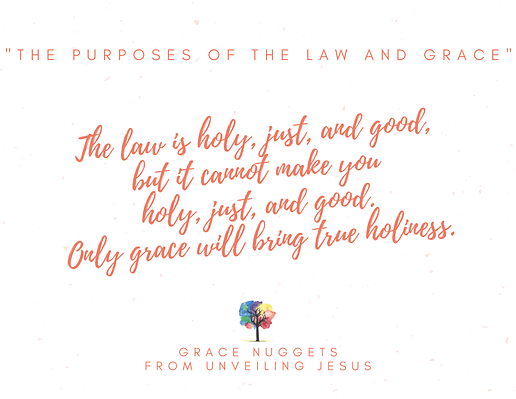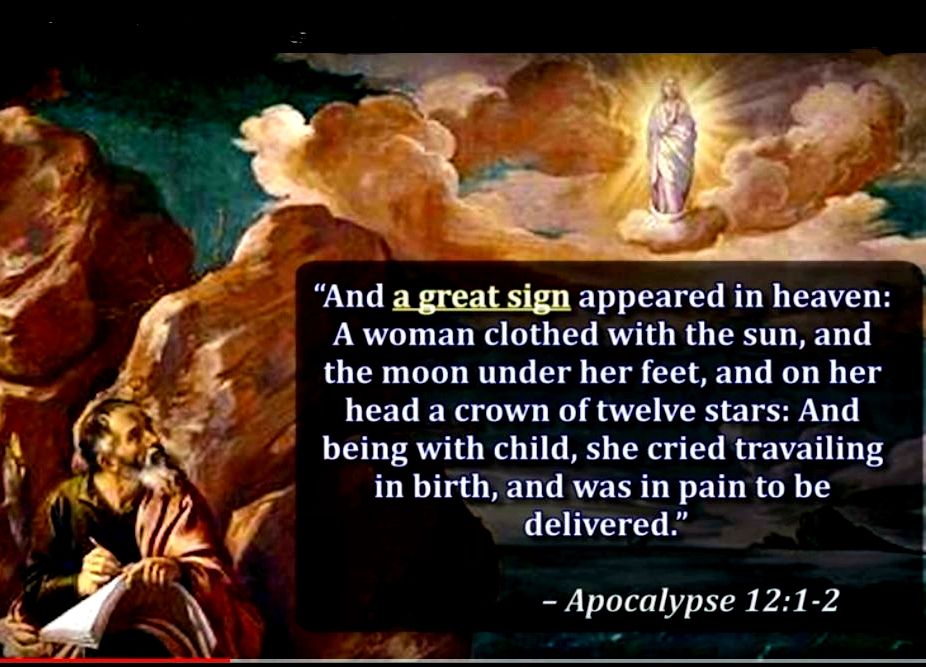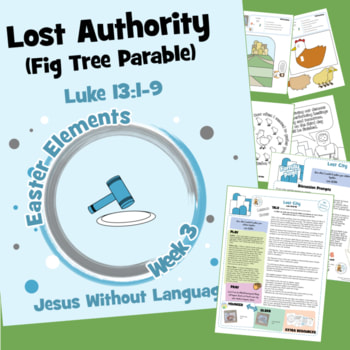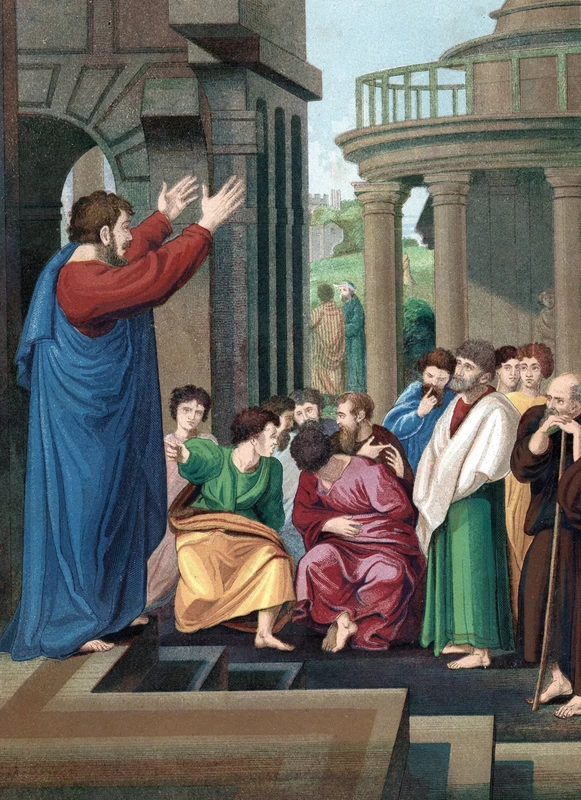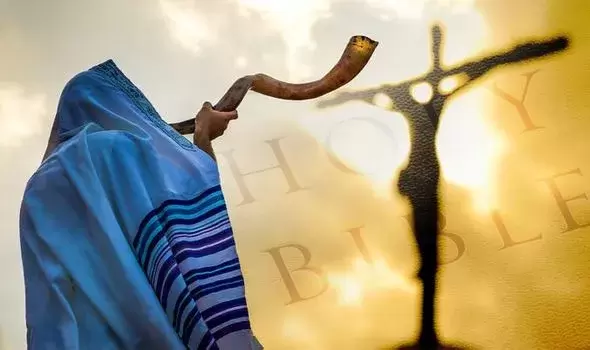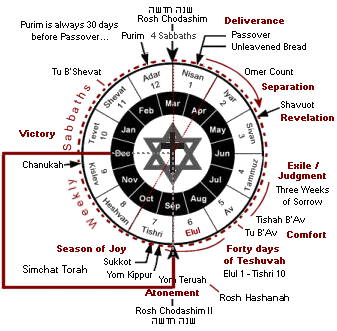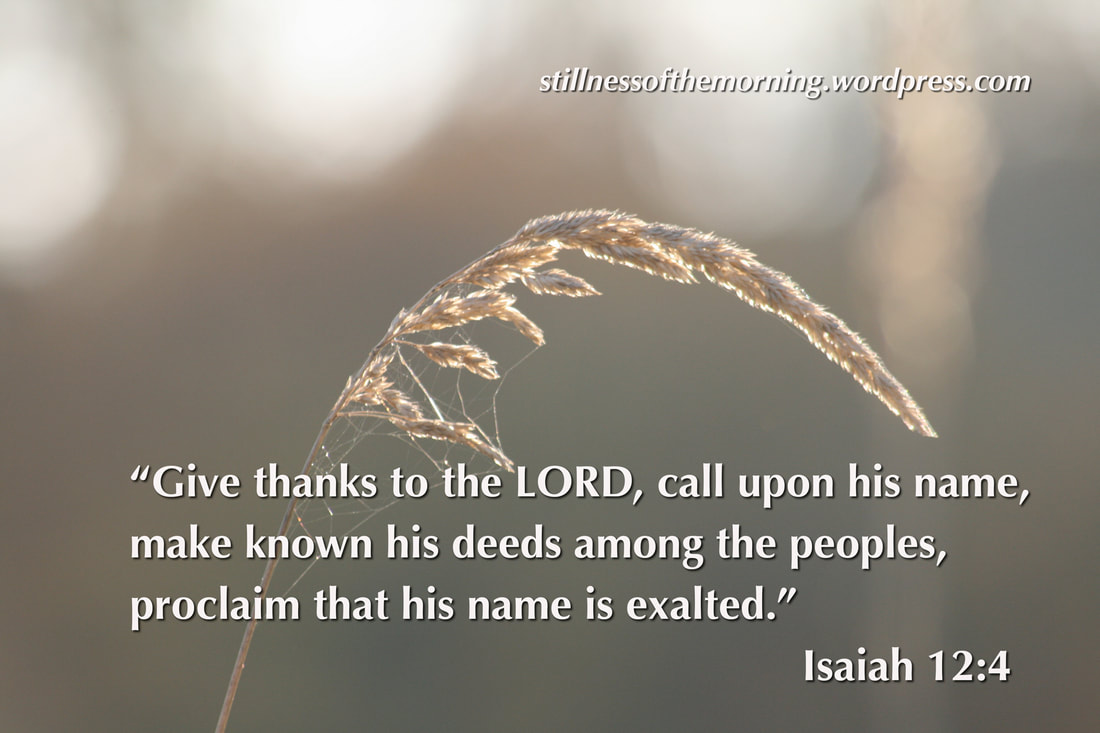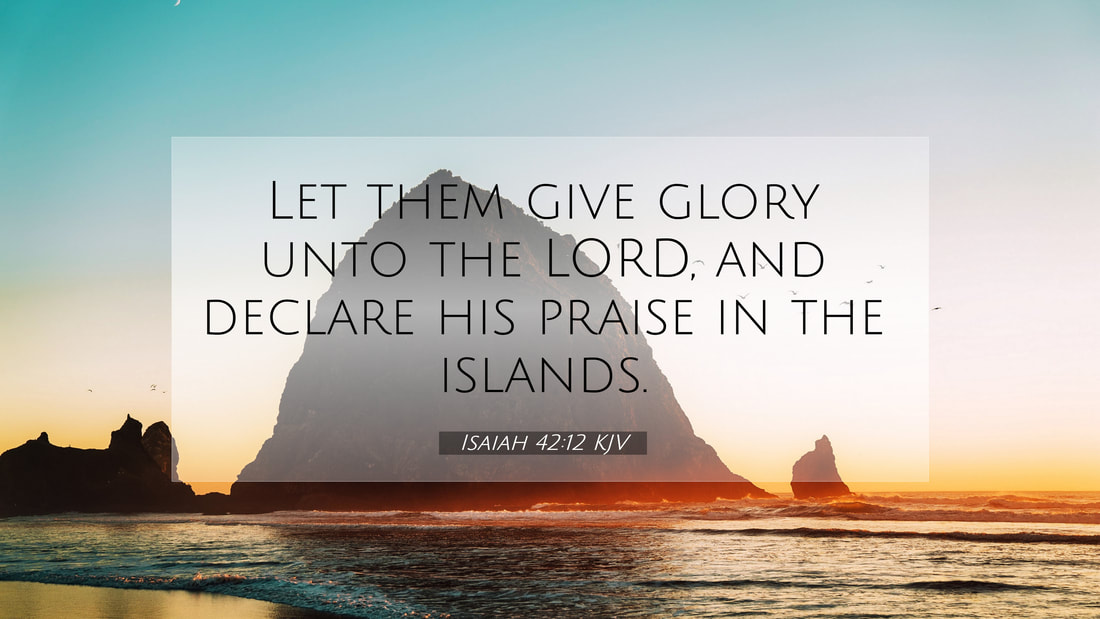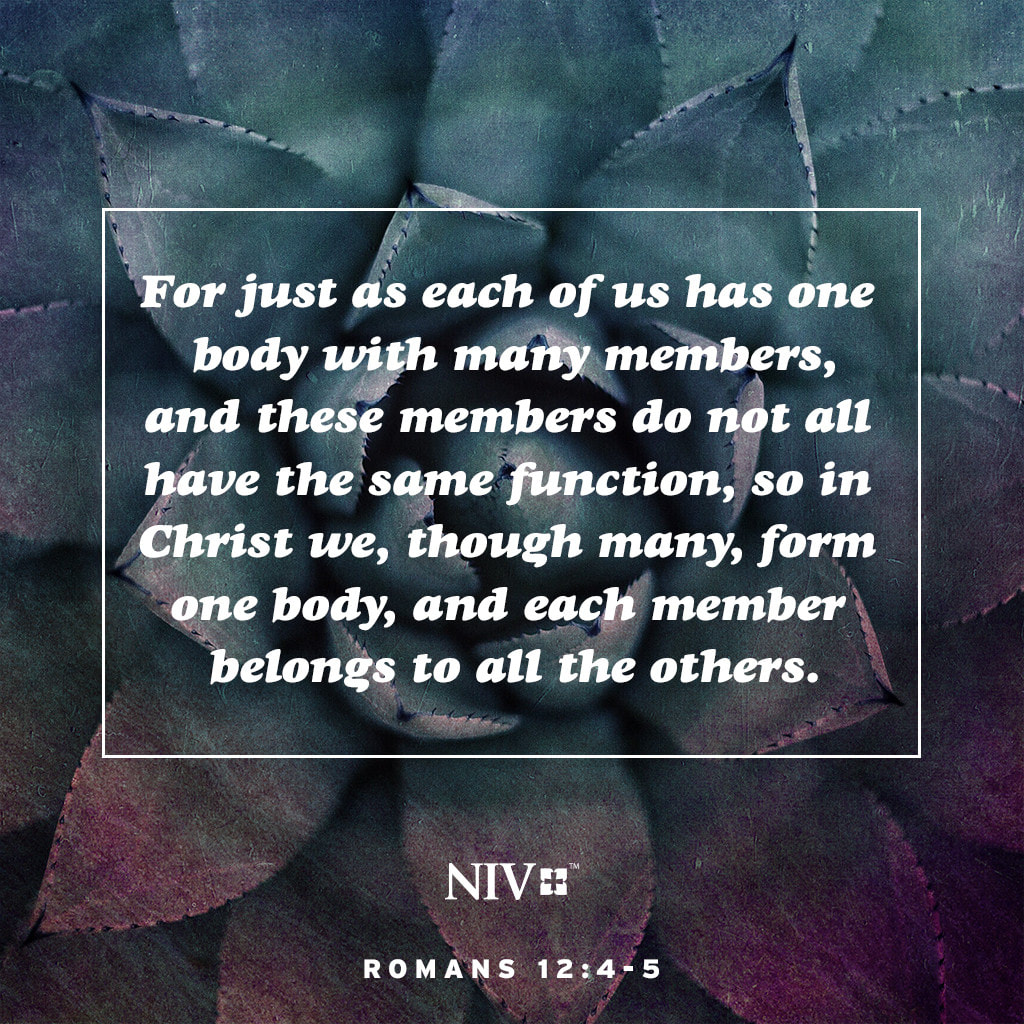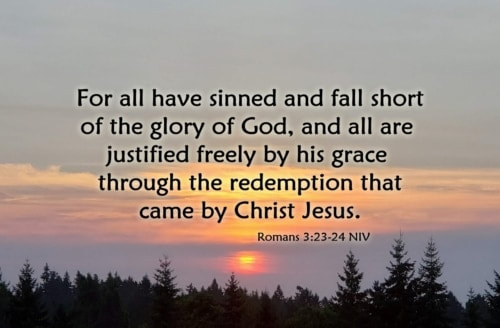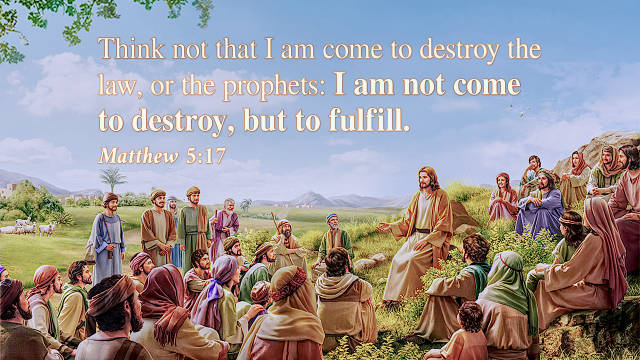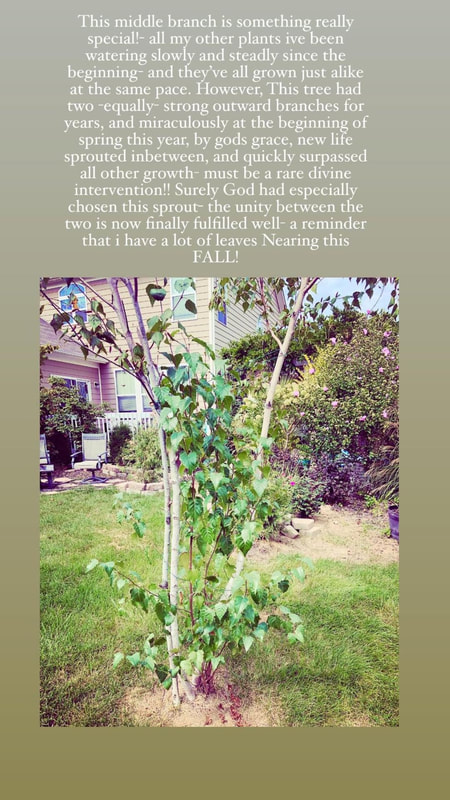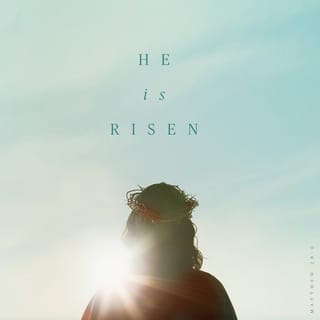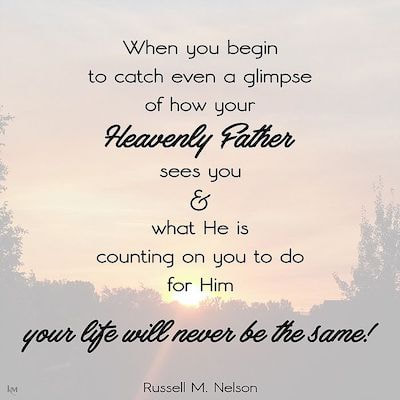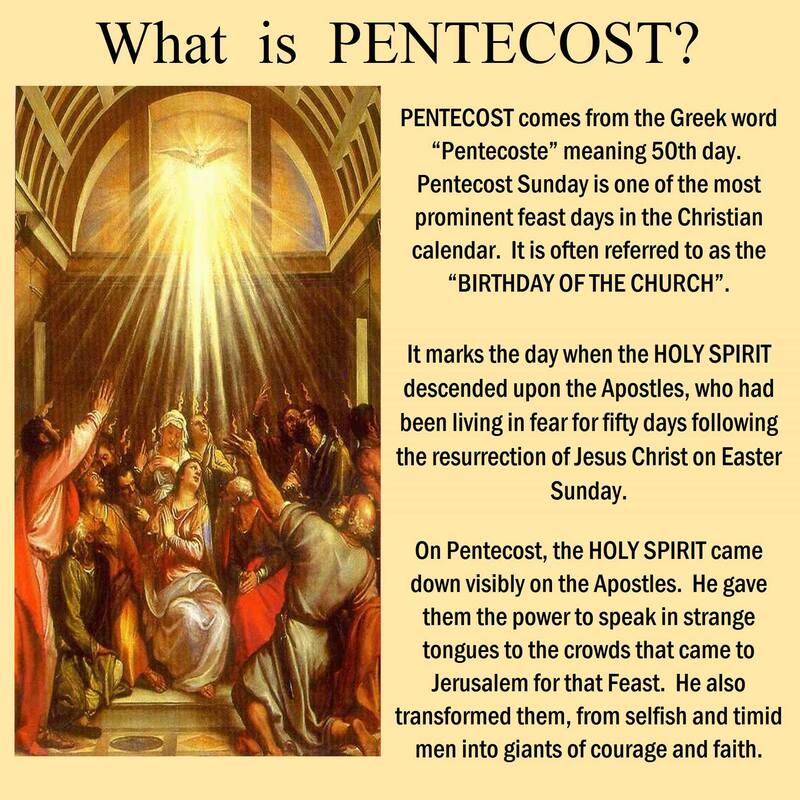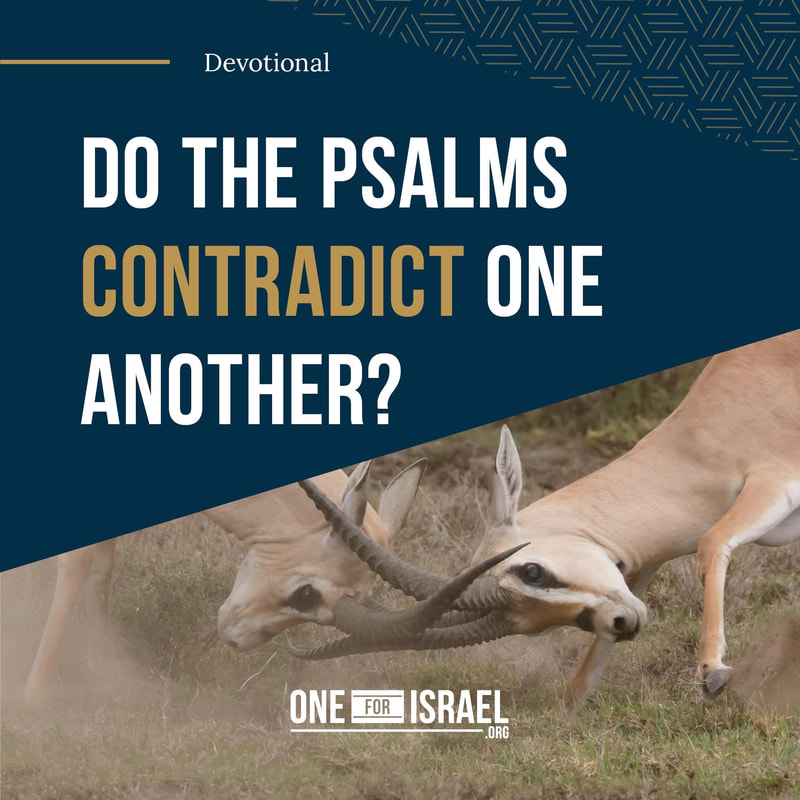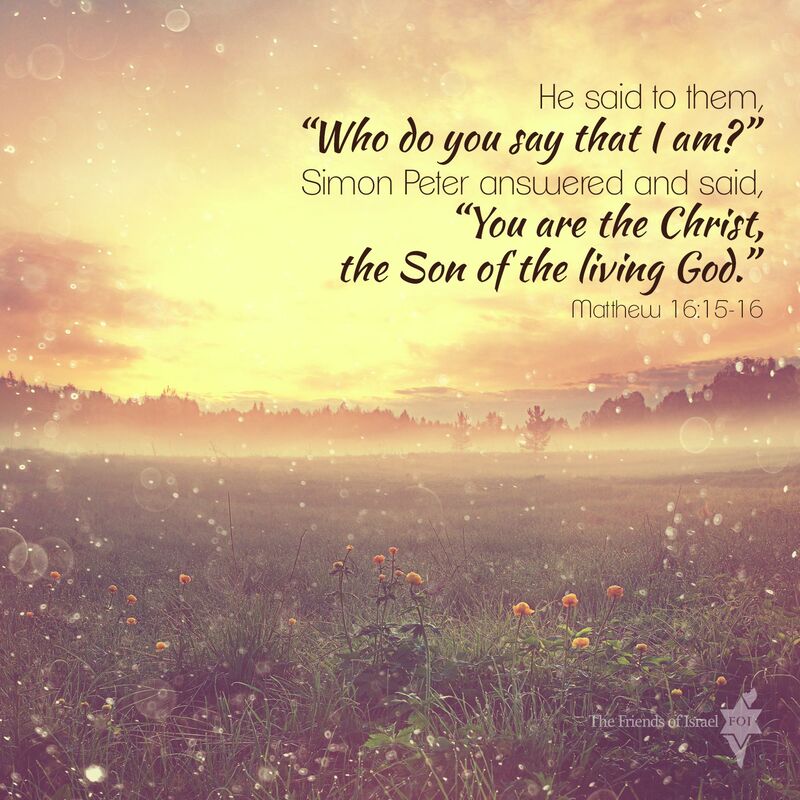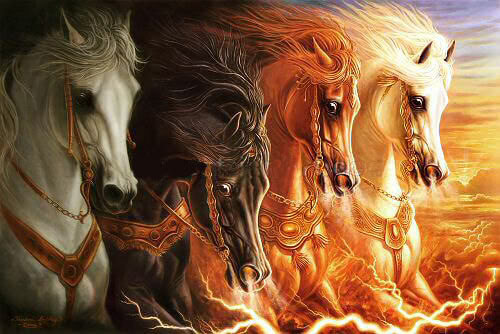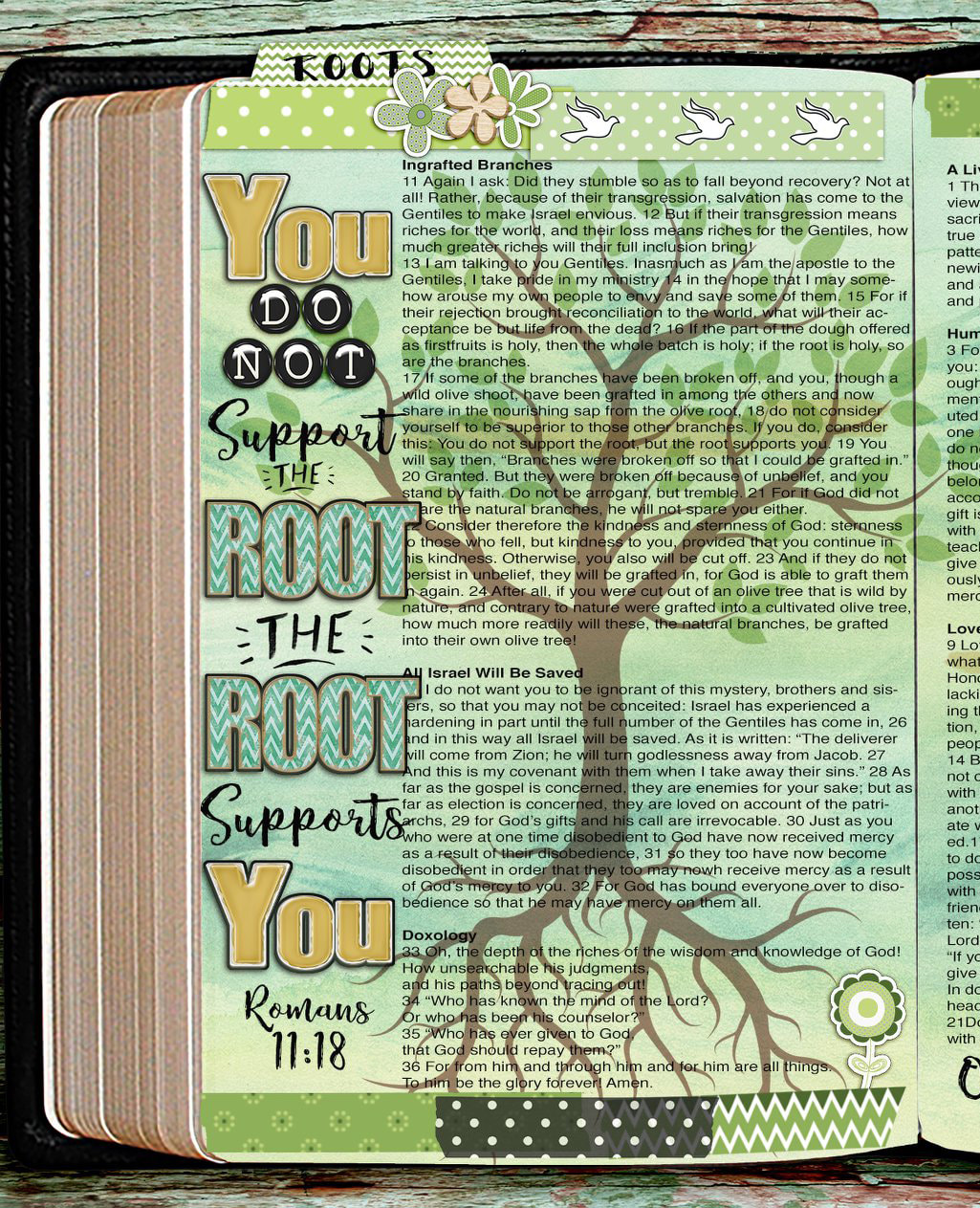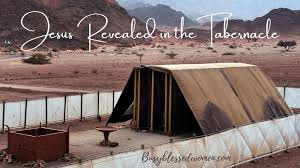The ark of the testimony was a wooden box, covered in gold inside and out. It had four exterior rings through which poles could be attached for carrying. No one but the high priest could touch the ark (Numbers 4:15). To do so would result in instant death, as happened with a man named Uzzah (2 Samuel 6:1–7). God was beginning to teach His people about His holiness and their unworthiness. He demonstrated to them that His commands were not suggestions to be negotiated. He wanted to teach them to obey Him in all things, whether or not they understood the reason for the rules.
The lid of the ark was also made of gold and formed a seat between two cherubim, called the mercy seat. It was there that God would meet with His people (Exodus 25:22). Inside the ark of the testimony, Moses placed the tablets of the Law that God gave him on the mountain. The ark was placed inside the tabernacle in the most holy place, where only the high priest could go once a year (Exodus 26:34). Through it all, God was painting a picture to help us understand what is required for sinful man to come into the presence of a holy God.
The ark of the testimony got its name from the fact that it would be the housing for God’s testimony to His people. His Law was not only verbal, but written, etched in stone (Exodus 34:28; Deuteronomy 5:22), so there could be no excuse for disobedience. Hebrews 9:4 tells us that, later, the Israelites added to the stone tablets within the ark of the testimony a jar of manna (Exodus 16:32–33) and Aaron’s rod that budded (Numbers 17:8–10).
The ark of the testimony represented the presence of God with His people, and His power went with them wherever they took the ark (Joshua 3:6; Numbers 10:33–35). The enemies of Israel, the Philistines, stole the ark once (1 Samuel 5:1), hoping its power would help them. They set it in their idol’s temple and waited for the good luck it would bring. But calamity broke out among the Philistines, until they begged their leaders to send the ark back to Israel (1 Samuel 5:4, 6, 9, 11–12). God demonstrated that He was not a good-luck charm whose power could be had by whoever captured His ark. The power was not in the ark of the testimony itself; the ark only represented the presence of God with His people.
Since the death and resurrection of Jesus (Romans 14:9), God no longer uses an ark of the testimony to dwell with His people. We are under a new testament or covenant. At Pentecost, He sent the Holy Spirit to indwell every believer (Acts 2:1–4, 38–39). We become His temple (1 Corinthians 6:19). When we have been born again by faith in Jesus Christ (John 3:3, 16), we take God with us everywhere we go. It did the Philistines no good to harbor the ark, because the ark had no power in itself if God was not on their side. Likewise, we do not need physical items—crosses, images, holy relics—to carry the power of God with us because He already abides in us. That awareness of His presence, called the fear of the Lord (Psalm 19:19; Proverbs 15:33), helps us make decisions that honor Him.
The word shekinah does not appear in the Bible, but the concept clearly does. The Jewish rabbis coined this extra-biblical expression, a form of a Hebrew word that literally means “he caused to dwell,” signifying that it was a divine visitation of the presence or dwelling of the Lord God on this earth. The Shekinah was first evident when the Israelites set out from Succoth in their escape from Egypt. There the Lord appeared in a cloudy pillar in the day and a fiery pillar by night: “After leaving Succoth they camped at Etham on the edge of the desert. By day the LORD went ahead of them in a pillar of cloud to guide them on their way and by night in a pillar of fire to give them light, so that they could travel by day or night. Neither the pillar of cloud by day nor the pillar of fire by night left its place in front of the people” (Exodus 13:20–22).
God spoke to Moses out of the pillar of cloud in Exodus 33, assuring him that His Presence would be with the Israelites (v. 9). Verse 11 says God spoke to Moses “face to face” out of the cloud, but when Moses asked to see God’s glory, God told Him, “You cannot see My face; for no man shall see Me, and live” (v. 20). So, apparently, the visible manifestation of God’s glory was somewhat muted. When Moses asked to see God’s glory, God hid Moses in the cleft of a rock, covered him with His hand, and passed by. Then He removed His hand, and Moses saw only His back. This would seem to indicate that God’s glory is too awesome and powerful to be seen completely by man.
The visible manifestation of God’s presence was seen not only by the Israelites but also by the Egyptians: “During the last watch of the night the LORD looked down from the pillar of fire and cloud at the Egyptian army and threw it into confusion. He made the wheels of their chariots come off so that they had difficulty driving. And the Egyptians said, ‘Let’s get away from the Israelites! The LORD is fighting for them against Egypt’” (Exodus 14:24-25). Just the presence of God’s Shekinah glory was enough to convince His enemies that He was not someone to be resisted.
In the New Testament, Jesus Christ is the dwelling place of God’s glory. Colossians 2:9 tells us that “in Christ all the fullness of the Deity lives in bodily form,” causing Jesus to exclaim to Philip, “Anyone who has seen me has seen the Father” (John 14:9). In Christ, we see the visible manifestation of God Himself in the second person of the Trinity. Although His glory was also veiled, Jesus is nonetheless the presence of God on earth. Just as the divine Presence dwelled in a relatively plain tent called the “tabernacle” before the Temple in Jerusalem was built, so did the Presence dwell in the relatively plain man who was Jesus. “He had no beauty or majesty to attract us to him, nothing in his appearance that we should desire him” (Isaiah 53:2). But when we get to heaven, we will see both the Son and the Father in all their glory, and the Shekinah will no longer be veiled (1 John 3:2).
The Hebrew word translated “tabernacle” is ohel, which means “a tent (as clearly conspicuous from a distance): a covering, (dwelling) (place), home, tabernacle, tent.” There are three main references to the tabernacle (or tent) of David: Isaiah 16:5, Amos 9:11, and Acts 15:16, in which the apostle James repeats the passage from Amos. The reference in Isaiah 16:5 refers to the tabernacle of David prophetically, pointing to One from the line of David who will someday sit on the throne and rule over all. This is referring to Jesus.
That leaves two other references to the tabernacle of David. In Acts 15:16, while speaking to the Jews, James uses Amos 9:11 to give credence to the recent conversion of the Gentiles in the early church. Many Jews were objecting to this because there was uncertainty as to how the Gentiles were to now keep the Law of Moses. The essential argument from Peter’s earlier experience with Cornelius, a Gentile, was that God was also calling Gentiles to Himself. The apostles were not to put on the Gentiles a burden that no one could ever keep (i.e. the Law of Moses).
From James’ words alone, it is clear that God’s promise through the prophet Amos—that He would “build again the tabernacle of David”—was related to what He was just then beginning to do, namely, visiting the Gentiles to take out from among them a people for His Name. After rehearsing what Simon Peter had just told the Jerusalem Christians—that God had chosen Peter as the instrument whereby He, for the first time, opened the way of salvation to the Gentiles—James plainly declared that God’s visitation of the Gentiles agreed with the words of the prophets (in general) and Amos (in particular). The “tabernacle” referred to in Acts 15:16, then, is the house of God open to all, both Jew and Gentile, who seek Him in order to worship in truth.
Amos 9:11 says, “In that day will I raise up again the tabernacle of David, that is fallen.” There seems to be reference here to a restoration of the Jewish nation to spiritual life in the end times. There might also exist, during that end time, or into the 1,000-year reign of Christ, a tabernacle like the one during David’s day. During David’s time the tabernacle (or tent) housed the Ark of the Covenant and was a precursor to the temple that Solomon would build. The temple was a rectangular house of worship made with elaborate design. Its presence and functionality, with priests, was a sign of God’s favor and presence. When Israel fell away from following the commandments of the Old Covenant, the temple was desecrated and needed to eventually be rebuilt, as described in the book of Ezra.

 RSS Feed
RSS Feed



